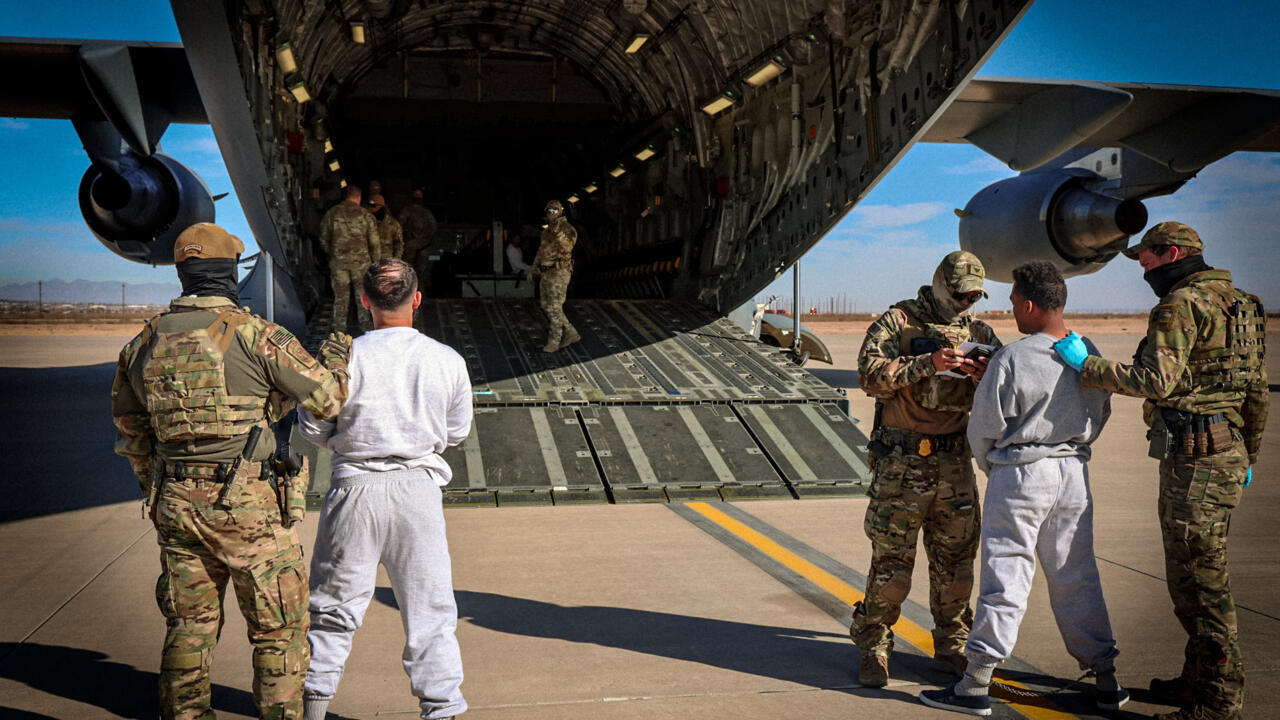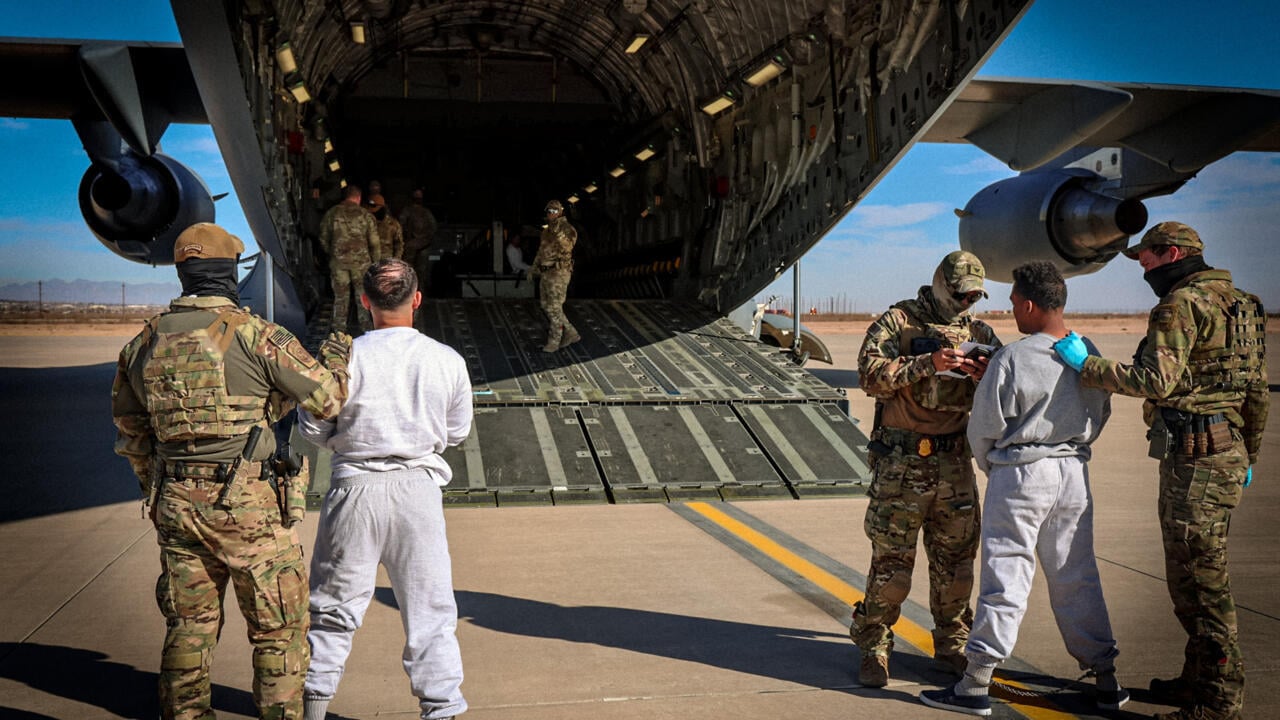
HAVANA, Feb 8 (NNN-AGENCIES) — Yeilis Torres, a 38-year-old Cuban woman, knows all too well the loneliness and anguish facing the migrants flown by the United States this week to its notorious military base in Guantanamo Bay in Cuba.
Torres was picked up at sea by the US Coast Guard while fleeing Cuba in mid-2022 and held for seven months at Guantanamo Bay before being transferred to the United States, where she was eventually granted asylum.
In a rare firsthand account of life at the base, Torres, who now lives in Miami, said: “The hardest part…is the uncertainty and the wait for the long process” of seeking asylum.
For the past two decades Guantanamo Bay naval base, leased by Washington from Havana under a 1903 treaty, has been synonymous with the Pentagon prison, where the United States kept hundreds of people it suspected of being “terrorists” for years after the Sept 11, 2001 attacks by Al-Qaeda.
Some suffered waterboarding, sleep deprivation and other forms of torture. Fifteen people, including 9/11 mastermind Khalid Sheikh Mohammed, are still imprisoned there.
President Donald Trump’s plans to detain up to 30,000 migrants at a separate center on the base has caused an outcry, with rights groups fearing they could be kept there indefinitely, far from public scrutiny.
The NGO Human Rights Watch warned that prolonged detention without proper oversight “violates human rights and may amount to torture.”
During her seven months at Guantanamo Bay, surrounded by the sea on one side and a mined buffer zone separating the base from communist Cuba on the other three, Torres claims she was never given access to a lawyer.
She was allowed calls of just “five or six minutes every three days” with her two young children, who stayed behind with her parents in Havana.
She was part of a group of 17 Cubans that set sail across the Gulf of Mexico on a makeshift raft in mid-2022, fleeing Cuba’s economic meltdown or, in her case, persecution by the authorities.
The group’s raft had been adrift for days when they were picked up by a Coast Guard ship.
She was the only member of the group to be brought to Guantanamo Bay, which has for decades been used to hold Caribbean migrants intercepted at sea.
The other migrants were returned directly to Cuba — a fate she avoided by pleading she was in danger in her homeland, where she was jailed on charges of assaulting a Communist Party grandee.
On arrival at Guantanamo Bay, she said migrants were handcuffed and forced to wear black goggles “so that we couldn’t see anything” while being transferred around the site.
They were kept in isolation while waiting to be interviewed by State Department officials — in her case for three days but “some people were confined to their rooms for around three, four months.”
Of the 21 migrants who were held alongside her, 18 were Cubans, two were Haitian and one from the Dominican Republic. There were two families with children and one pregnant woman.
The children faced especially harsh conditions, Torres said, with no schooling provided for them and no interaction allowed with the children of US troops stationed at the base.
Despite the grim conditions, Torres opposes calls to close the migrant center, fearing that without it, Caribbean migrants would never get a chance to make their case for asylum.
“They gave us the opportunity to work,” she added, describing how she earned money by taking part in beach clean-ups.
After seven months at the base, Torres was transferred to a migrant detention center in Broward County, Florida where she was held for a further four months before being granted asylum.
The trained manicurist, who now works in a Florida cotton factory, was one of the few of the 21 migrants from her group in Guantanamo to gain entry to the United States, where she hopes to be reunited with her family.
The other migrants accepted asylum offers from third countries such as Canada and Australia. — NNN-AGENCIES






